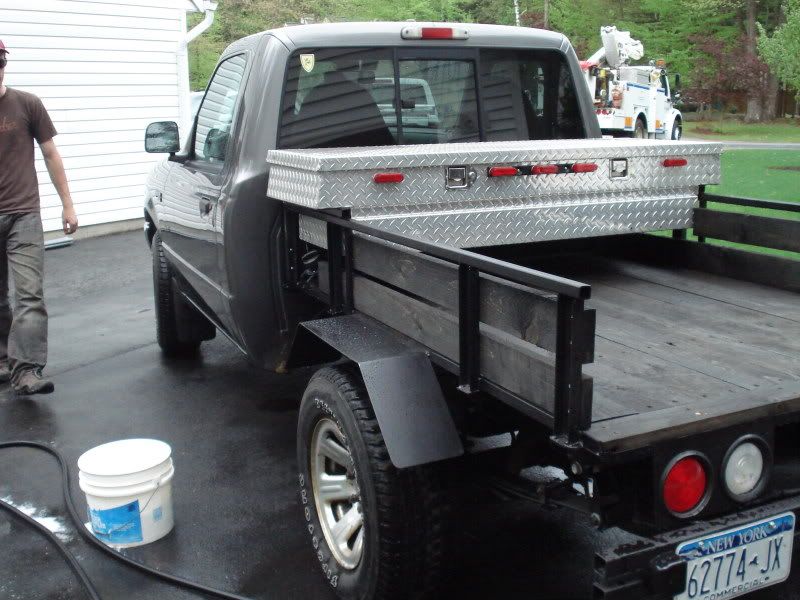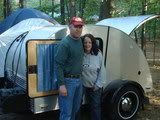Yota Bill wrote:caseydog wrote:As for a K&N filter, it is a good product. It does flow better, but unless your engine demands that extra flow, there is no need for it. The basic two-valve, normally aspirated engine can't use that extra air flow. And it does a fine job of trapping dirt. You won't hurt your engine using one. You just may not be gaining anything over a paper filter.
CD
there are plenty of people willing to argue each side of that, so I'll just offer my first hand experience. Keep in mind, I am an ASE certified master tech.
Bought a brand new Ranger while working at a Ford dealership. Tested milage on a pre-determined course that included highway and city driving. Then installed larger tires and a light bar on the roof with 4 off-road lights, lost about 3-4mpg (this was in 99, so I dont remember the exact numbers). Installed the K&N filter in the stock box and got back about 80% of the lost fuel milage on the same course/test, so there was a definate increase.
Every time I cleaned the filter after that, I found the filter fairly clean, but always found dust inside the air tube and the throttle body. That engine failed at just over 100K miles. Yes, I should have known better and removed that filter long before the failure point.
Installed a different brand of the same type on a Geo Tracker with a clear air intake tube. While the engine was running, I could sometimes literally see dust in the air tube. Also found dust inside the tube, throttle body and intake later. I did remove that system before failure occured from it.
On an 88 F250 with a 460 (big dumb mud truck) which the previous owner had installed the K&N open intake system, with thier pre-filter wrap. The engine failed at about 85K miles due to low compression and low oil pressure (the owner believed it was due to the filter letting dust through, I agree). He then had the engine rebuilt by Reichart Racing Engines. I then got the truck from him, with approx 10K miles on the rebuild. While playing, it sucked enough muddy water in to fill the crankcase and destroyed the bearings, crankshaft, camshaft, lifters, and pistons. A stock paper filter would have plugged and stalled the engine long before that much damage could occur. This filter never plugged, and the engine would still run and pull plenty of air, along with the muddy water.
I personally know of at least 3 other people who have had similar failures after using those filters for long periods of time, but since I dont know all of the specifics, I wont bother listing those. Search the internet and you will find plenty of stories like those I already listed. That type of filter is designed for race engines, which have a shorter life span anyway, and are often tore down and rebuilt or replaced. They care more about performance then lifespan, so the filter does exactly what they want it to do. For a daily driven or street vehicle, it does not.
As for the engine not being able to use more air, I could not disagree more. The stock air intake system uses convoluted air tubes, which cause turbulance, resonators, multiple bends, etc. They use those things in order to quiet the intake system down, and of course to make it fit a certain way in the engine bay, and looks are always a concern of the manufacturers. There is definate room for improvement, if some of their concerns are of less weight to the owner.
The most common upgrade to vehicles these days, when more power or better milage is desired, is to upgrade both the air intake and the exhaust system. What would be the point of increases the flow of the exhaust, if the intake is still restricted?






 Danny
Danny